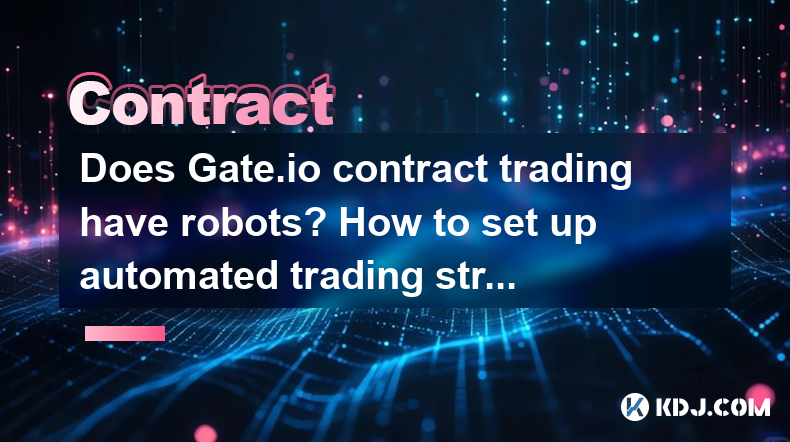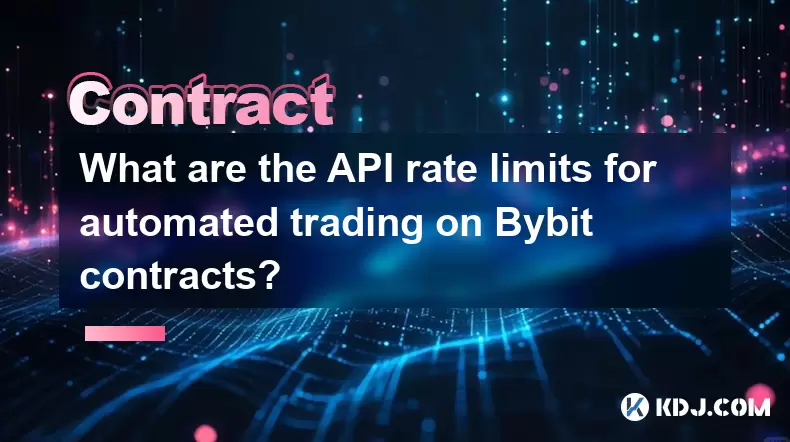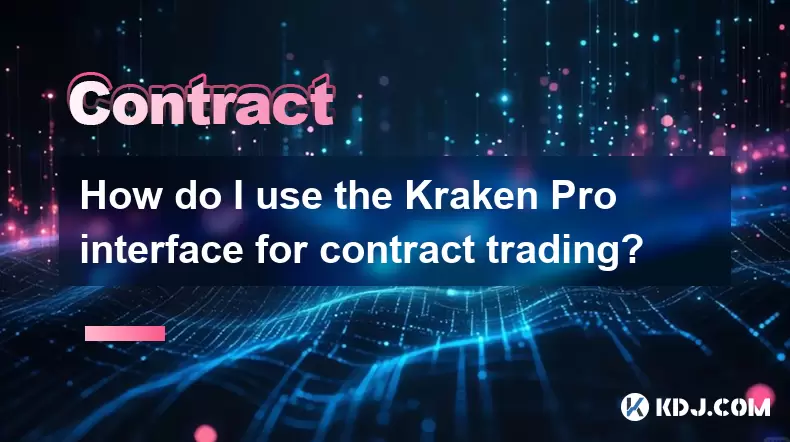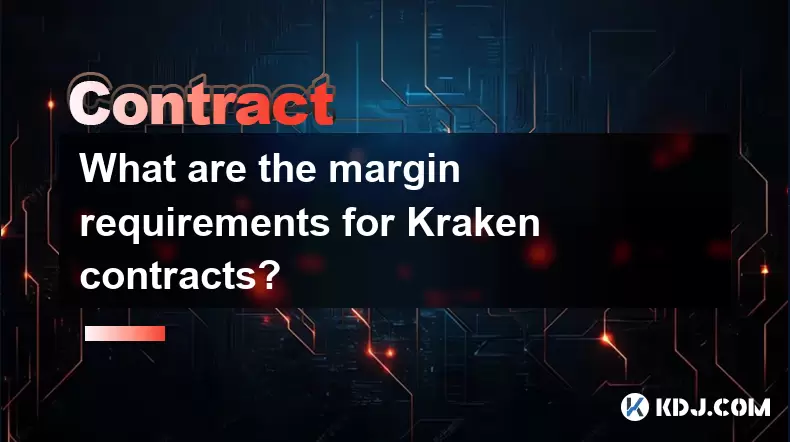-
 Bitcoin
Bitcoin $117300
1.99% -
 Ethereum
Ethereum $3884
5.89% -
 XRP
XRP $3.268
9.33% -
 Tether USDt
Tether USDt $1.000
0.02% -
 BNB
BNB $783.0
1.78% -
 Solana
Solana $173.6
3.51% -
 USDC
USDC $0.9999
0.00% -
 Dogecoin
Dogecoin $0.2193
7.00% -
 TRON
TRON $0.3380
0.30% -
 Cardano
Cardano $0.7769
5.08% -
 Stellar
Stellar $0.4350
9.36% -
 Hyperliquid
Hyperliquid $40.23
5.78% -
 Sui
Sui $3.739
6.95% -
 Chainlink
Chainlink $18.30
9.46% -
 Bitcoin Cash
Bitcoin Cash $581.7
2.11% -
 Hedera
Hedera $0.2577
5.51% -
 Ethena USDe
Ethena USDe $1.001
0.00% -
 Avalanche
Avalanche $23.08
4.23% -
 Litecoin
Litecoin $121.7
2.24% -
 UNUS SED LEO
UNUS SED LEO $8.962
-0.34% -
 Toncoin
Toncoin $3.332
1.36% -
 Shiba Inu
Shiba Inu $0.00001273
3.39% -
 Uniswap
Uniswap $10.35
6.84% -
 Polkadot
Polkadot $3.818
4.01% -
 Dai
Dai $1.000
0.01% -
 Bitget Token
Bitget Token $4.446
2.13% -
 Cronos
Cronos $0.1491
4.96% -
 Monero
Monero $255.4
-9.78% -
 Pepe
Pepe $0.00001099
4.80% -
 Aave
Aave $284.0
8.01%
Does Gate.io contract trading have robots? How to set up automated trading strategies?
Gate.io supports trading robots for contract trading, allowing users to automate strategies via API integration for efficient and potentially profitable trading.
May 04, 2025 at 04:14 pm

Does Gate.io contract trading have robots? How to set up automated trading strategies?
Gate.io, a well-established cryptocurrency exchange, offers a variety of trading options, including contract trading. One of the key features that traders look for in such platforms is the availability of trading robots, also known as bots. In this article, we will explore whether Gate.io supports trading robots and provide a detailed guide on how to set up automated trading strategies using these tools.
Understanding Trading Robots on Gate.io
Gate.io does indeed support trading robots for contract trading. Trading robots are automated software programs designed to execute trades based on predefined criteria and algorithms. They are particularly useful for traders who want to take advantage of market movements without having to monitor the markets continuously.
On Gate.io, trading robots can be integrated through the platform's API (Application Programming Interface). This allows users to connect their trading strategies to the exchange and automate their trading activities. The use of robots can help in executing trades more efficiently and potentially increasing profitability.
Types of Trading Robots Available on Gate.io
Gate.io supports various types of trading robots, each designed for different trading strategies and goals. Here are some common types of robots you might encounter:
- Arbitrage Robots: These robots exploit price differences between different markets or exchanges to make a profit.
- Trend-Following Robots: These bots follow market trends and execute trades based on the direction of the market.
- Mean Reversion Robots: These robots are designed to capitalize on the tendency of prices to revert to their mean over time.
- Scalping Robots: These bots aim to make small profits from numerous small trades throughout the day.
Setting Up a Trading Robot on Gate.io
To set up a trading robot on Gate.io, you will need to follow a series of steps to ensure that your bot is properly configured and connected to the exchange. Here’s a detailed guide on how to do it:
Create an API Key on Gate.io:
- Log in to your Gate.io account.
- Navigate to the "API Management" section.
- Click on "Create API Key."
- Follow the prompts to generate a new API key. Make sure to note down the API key and secret key securely.
Choose a Trading Robot Platform:
- Select a trading robot platform that supports Gate.io's API. Popular platforms include 3Commas, HaasOnline, and Cryptohopper.
- Sign up for an account on the chosen platform if you haven’t already.
Configure the API on the Trading Robot Platform:
- Log in to your trading robot platform account.
- Go to the section where you can add a new exchange (usually labeled as "Exchanges" or "Connections").
- Select Gate.io from the list of supported exchanges.
- Enter your Gate.io API key and secret key.
- Save the settings to connect your Gate.io account to the trading robot platform.
Set Up Your Trading Strategy:
- Navigate to the strategy creation section of the trading robot platform.
- Choose the type of strategy you want to implement (e.g., arbitrage, trend-following, etc.).
- Define the parameters of your strategy, such as entry and exit points, stop-loss levels, and take-profit levels.
- Save your strategy and ensure it is enabled for automatic execution.
Test Your Strategy:
- Before going live, it’s crucial to test your strategy in a simulated environment. Most trading robot platforms offer backtesting and paper trading features.
- Run your strategy through historical data to see how it would have performed in the past.
- Make adjustments to your strategy based on the test results to optimize performance.
Go Live with Your Trading Robot:
- Once you are satisfied with your strategy’s performance in testing, you can activate it for live trading.
- Monitor the performance of your robot closely, especially in the initial stages, to ensure it is working as expected.
- Make adjustments as necessary based on real-time market conditions and the robot’s performance.
Benefits of Using Trading Robots on Gate.io
Using trading robots on Gate.io can offer several advantages to traders. Some of the key benefits include:
- 24/7 Trading: Robots can trade around the clock, taking advantage of market opportunities even when you are not actively monitoring the markets.
- Emotion-Free Trading: Robots execute trades based on logic and predefined rules, eliminating the impact of emotions such as fear and greed.
- Backtesting and Optimization: Robots allow you to test and refine your strategies using historical data, increasing the chances of success.
- Diversification: You can run multiple robots with different strategies simultaneously, spreading risk and potentially increasing overall returns.
Risks and Considerations
While trading robots can be powerful tools, they also come with certain risks and considerations that traders should be aware of:
- Technical Issues: Robots rely on technology, and technical glitches can lead to missed trades or incorrect executions.
- Market Volatility: Automated strategies may not perform well in highly volatile markets, leading to potential losses.
- Over-Optimization: Over-reliance on historical data can lead to strategies that do not perform well in live markets.
- Security Concerns: Using an API key to connect to a trading robot platform introduces potential security risks, so it’s essential to use strong security practices.
Frequently Asked Questions
Q: Can I use multiple trading robots simultaneously on Gate.io?
A: Yes, you can use multiple trading robots on Gate.io as long as you have set up the necessary API connections and configured each robot with its own strategy. This allows you to diversify your trading approach and potentially increase your overall returns.
Q: Are there any fees associated with using trading robots on Gate.io?
A: Gate.io itself does not charge additional fees for using trading robots. However, the trading robot platform you choose may have its own subscription or usage fees. Be sure to check the fee structure of the trading robot platform before you start using it.
Q: How can I ensure the security of my API key when using trading robots on Gate.io?
A: To ensure the security of your API key, use strong, unique passwords for your Gate.io and trading robot platform accounts. Enable two-factor authentication (2FA) on both platforms. Limit the permissions of your API key to only what is necessary for the trading robot to function, and regularly monitor your account for any suspicious activity.
Q: Can I manually override the trades made by my trading robot on Gate.io?
A: Yes, most trading robot platforms allow you to manually intervene and override the trades executed by your robot. This can be useful if you want to take control during significant market events or if you notice that the robot is not performing as expected.
Disclaimer:info@kdj.com
The information provided is not trading advice. kdj.com does not assume any responsibility for any investments made based on the information provided in this article. Cryptocurrencies are highly volatile and it is highly recommended that you invest with caution after thorough research!
If you believe that the content used on this website infringes your copyright, please contact us immediately (info@kdj.com) and we will delete it promptly.
- Cold Wallet Crypto in 2025: The Future is Now, Ya'll
- 2025-08-08 05:10:13
- MAGACOIN, SOL, and ADA: A Tale of Shifting Tides in Crypto
- 2025-08-08 05:10:13
- SHIB Price, PEPE, and the Memecoin Supercycle: Who Will Reign Supreme?
- 2025-08-08 05:50:12
- Pudgy Penguins Price Prediction: Google Trends & Breakout Signals
- 2025-08-08 05:50:12
- UAE Crypto Regulation: SCA and VARA Unite to Streamline the Future of Digital Assets
- 2025-08-08 05:55:48
- MAGACOIN Finance: The Presale Phenomenon Rocking the Crypto World
- 2025-08-08 05:55:48
Related knowledge

Are there any fees for futures settlement on OKX?
Aug 08,2025 at 05:35am
Understanding Futures Settlement on OKXFutures settlement on OKX refers to the process by which open futures contracts are automatically closed or mar...

How to use the OKX margin calculator for futures?
Aug 08,2025 at 05:15am
Understanding the OKX Margin Calculator for FuturesThe OKX margin calculator is a specialized tool designed to assist traders in estimating the requir...

How to find and copy experienced traders on Bybit contracts?
Aug 08,2025 at 06:00am
Understanding Copy Trading on BybitBybit offers a copy trading feature that allows users to automatically replicate the contract positions of experien...

What are the API rate limits for automated trading on Bybit contracts?
Aug 08,2025 at 06:08am
Understanding API Rate Limits on BybitWhen engaging in automated trading on Bybit contracts, understanding the API rate limits is essential to prevent...

How do I use the Kraken Pro interface for contract trading?
Aug 08,2025 at 05:00am
Understanding the Kraken Pro Interface for Contract TradingThe Kraken Pro platform is designed for advanced traders who require speed, precision, and ...

What are the margin requirements for Kraken contracts?
Aug 08,2025 at 05:42am
Understanding Margin in Kraken Futures TradingWhen engaging in futures trading on Kraken, traders must understand that margin is the collateral requir...

Are there any fees for futures settlement on OKX?
Aug 08,2025 at 05:35am
Understanding Futures Settlement on OKXFutures settlement on OKX refers to the process by which open futures contracts are automatically closed or mar...

How to use the OKX margin calculator for futures?
Aug 08,2025 at 05:15am
Understanding the OKX Margin Calculator for FuturesThe OKX margin calculator is a specialized tool designed to assist traders in estimating the requir...

How to find and copy experienced traders on Bybit contracts?
Aug 08,2025 at 06:00am
Understanding Copy Trading on BybitBybit offers a copy trading feature that allows users to automatically replicate the contract positions of experien...

What are the API rate limits for automated trading on Bybit contracts?
Aug 08,2025 at 06:08am
Understanding API Rate Limits on BybitWhen engaging in automated trading on Bybit contracts, understanding the API rate limits is essential to prevent...

How do I use the Kraken Pro interface for contract trading?
Aug 08,2025 at 05:00am
Understanding the Kraken Pro Interface for Contract TradingThe Kraken Pro platform is designed for advanced traders who require speed, precision, and ...

What are the margin requirements for Kraken contracts?
Aug 08,2025 at 05:42am
Understanding Margin in Kraken Futures TradingWhen engaging in futures trading on Kraken, traders must understand that margin is the collateral requir...
See all articles

























































































